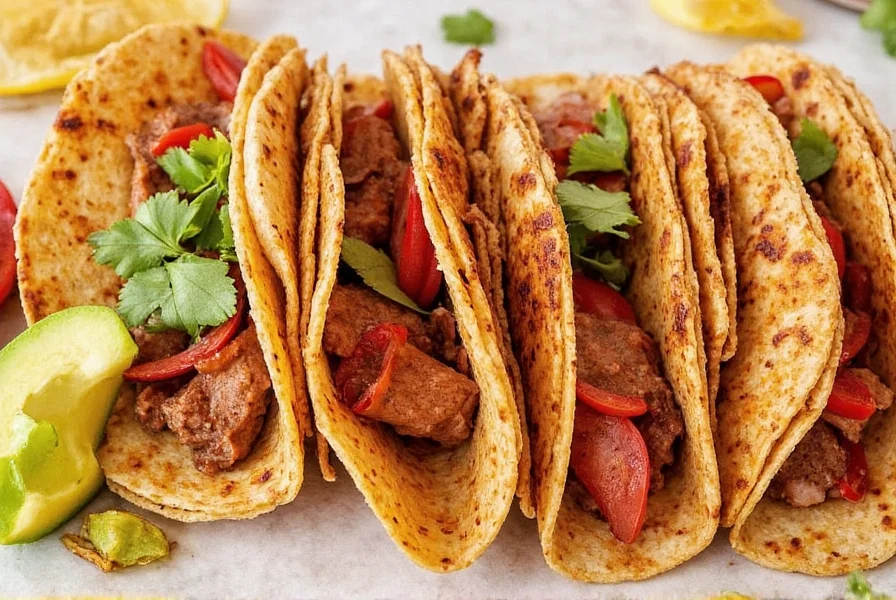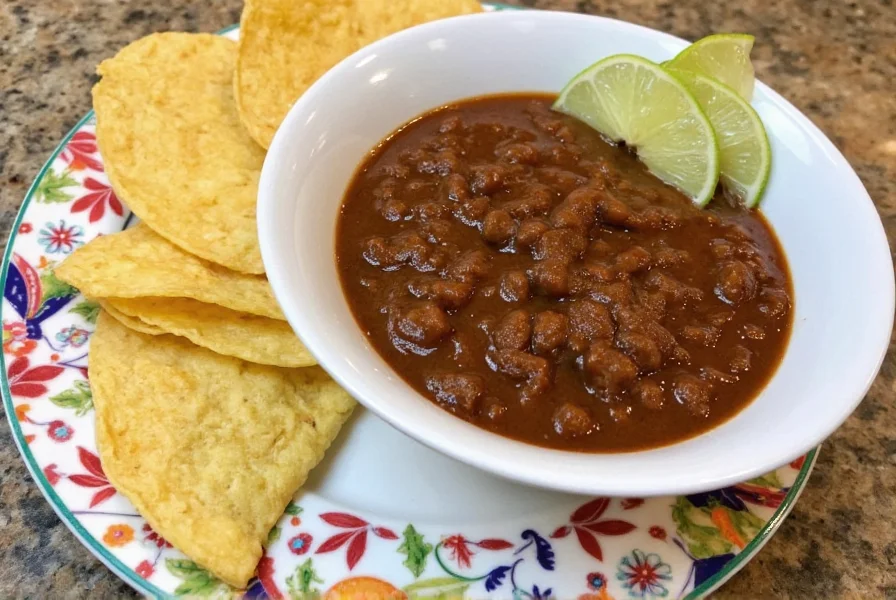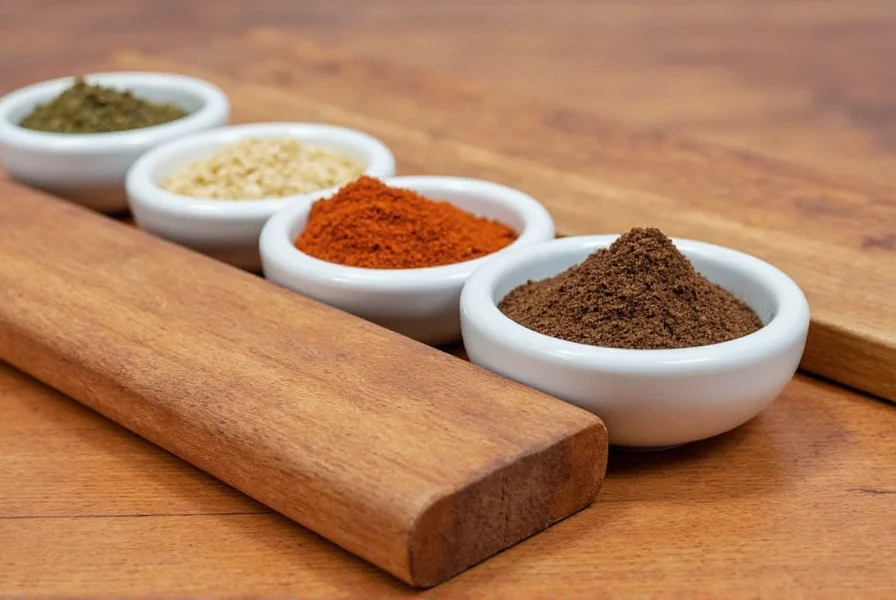Mole sauce, a cornerstone of Mexican cuisine, has a rich history dating back to pre-Columbian times. This complex sauce, with its deep cultural roots, is more than just a condiment—it's a story told through flavor. In this article, we'll explore the origins of mole, dive into its cultural significance, and offer practical tips for cooking with it. Whether you're an amateur enthusiast or a seasoned cook, there's something here for everyone.
Table of Contents
- The History of Mole: A Historical Deep Dive
- Types of Mole: From Mole Poblano to Mole Verde
- Cooking with Mole: Tips and Techniques
- Buying Guide: How to Choose the Best Mole
- Frequently Asked Questions About Mole
- Conclusion: Embrace the Richness of Mole
The History of Mole: A Historical Deep Dive
The origins of mole trace back to pre-Columbian Mexico, where indigenous peoples developed this unique sauce as a way to combine the flavors of the land. While the exact beginnings are shrouded in mystery, most historians agree that mole was born from the fusion of native ingredients like chiles, tomatoes, and cacao, along with influences brought by Spanish colonizers. This blend of cultures created one of the most iconic sauces in the world.
One of the most famous varieties, mole poblano, is believed to have been created in the 17th century by nuns in Puebla, Mexico. According to legend, they used a mix of local ingredients and even included cacao—a surprising but delicious choice. The result was a sauce so rich and complex that it became a symbol of celebration and tradition.

Why Mole Matters
Mole isn't just about taste—it's about heritage. It represents the blending of indigenous and European influences, making it a true culinary artifact. When you cook with mole, you're not just preparing a dish; you're honoring centuries of tradition and creativity.
Types of Mole: From Mole Poblano to Mole Verde
There are several types of mole, each with its own unique flavor profile and regional character. Here's a quick breakdown of the most popular ones:
| Mole Type | Main Ingredients | Flavor Profile |
|---|---|---|
| Mole Poblano | Cacao, chiles, nuts, spices | Sweet, spicy, and earthy |
| Mole Verde | Cilantro, green chiles, avocado | Clean, fresh, and herbaceous |
| Mole Rojo | Red chiles, tomatoes, garlic | Smoky and tangy |
| Mole Negro | Charred chiles, tomatoes, spices | Deep, smoky, and intense |

Each type of mole has its own place in Mexican cuisine. Mole Poblano is often used in dishes like pollo en mole (chicken in mole), while Mole Verde pairs well with pork or enchiladas. Understanding the differences between these varieties can help you choose the right one for your recipe.
Cooking with Mole: Tips and Techniques
Using mole in your cooking can elevate any dish, but it requires a bit of finesse. Here are some practical tips to get started:
- Start Small: Mole is intensely flavored, so a little goes a long way. Begin with a tablespoon and adjust to taste.
- Pair with Protein: Mole works best with meats like chicken, pork, or even tofu. Its richness complements the natural flavors of the protein.
- Use it in Sauces: Don't be afraid to add mole to soups, stews, or even grilled vegetables for an extra layer of depth.
- Experiment with Variations: Some chefs add fruit like mango or pineapple to give mole a sweet twist. Feel free to get creative!
When making homemade mole, remember that the key is patience. Traditional recipes can take hours to prepare, as each ingredient is roasted, ground, and simmered to perfection. But the result is worth every minute.
Buying Guide: How to Choose the Best Mole
If you're not ready to make mole from scratch, buying a quality store-bought version is a great alternative. Here's what to look for when selecting mole:
Features to Consider
- Ingredients: Look for moles made with real chiles, spices, and no artificial additives.
- Brand Reputation: Brands like La Costeña and San Francisco are known for their authentic, high-quality mole products.
- Consistency: A good mole should have a smooth, thick texture without being too runny.
- Flavor Balance: The best moles strike a perfect balance between sweet, spicy, and savory notes.

Best Uses for Store-Bought Mole
- Quick Meals: Ideal for busy weeknights when you want a flavorful dish without the hassle of making it from scratch.
- Party Dishes: Perfect for feeding a crowd—just warm it up and serve with rice or tortillas.
- Weekend Projects: Use it as a base for more complex recipes, like mole-based braises or sauces.
For those who love experimenting, some brands offer organic or vegan options, making mole accessible to a wider audience. Whether you're a traditionalist or a modern cook, there's a mole out there for you.
Frequently Asked Questions About Mole
What is the true origin of mole?
Mole's origins trace back to pre-Columbian Mexico, where indigenous cultures developed early versions of the sauce. While the exact timeline is debated, archaeological evidence suggests that indigenous peoples in what is now Mexico were creating complex sauces with chiles, seeds, and other local ingredients long before Spanish contact. The mole we recognize today evolved after the Spanish arrival, incorporating European ingredients like spices, nuts, and cacao.
Is mole really Mexican, or did it come from another country?
Yes, mole is authentically Mexican. While some have speculated about African or Middle Eastern influences, historical evidence confirms that mole developed uniquely in Mexico. The word "mole" comes from the Nahuatl word "mōlli," meaning "sauce" or "concoction." Each region of Mexico has developed its own distinctive mole varieties, with Oaxaca and Puebla being particularly famous for their mole traditions.
Did the Spanish invent mole with cacao?
No, the Spanish did not invent mole with cacao. Indigenous Mexicans were already using cacao in various preparations before Spanish colonization. The Spanish encountered these practices and incorporated cacao into existing sauce traditions. The famous mole poblano with cacao likely developed in the 17th century in Puebla, possibly created by nuns who combined indigenous ingredients with European techniques, but the concept of sauce-making with local ingredients predates Spanish arrival.
Why is cacao used in some moles but not others?
Cacao appears primarily in darker moles like mole poblano and mole negro as a flavor enhancer and thickening agent, not to make the sauce sweet. It provides depth, richness, and balances the heat from chiles. Not all moles contain cacao—mole verde (green mole) and many regional variations omit it entirely. The use of cacao varies by region and recipe tradition, with Oaxacan moles often featuring it more prominently than other varieties.
How old is the oldest known mole recipe?
The oldest written mole recipe dates to the 18th century, but indigenous sauce-making traditions are much older. A recipe for mole poblano appeared in the 1780 cookbook "El Cocinero Mexicano" (The Mexican Chef), but historians believe mole existed in various forms for centuries before being documented. Some scholars point to 16th-century accounts describing indigenous sauces that resemble modern mole preparations, suggesting the tradition is at least 400-500 years old in its evolved form.
Conclusion: Embrace the Richness of Mole
The history of mole is more than just a historical curiosity—it's a testament to the power of flavor and culture. By understanding its roots and learning how to use it, you can bring a piece of Mexican heritage into your kitchen. Whether you're using store-bought mole or crafting your own, the experience is rewarding and deeply satisfying.
So next time you're looking for a new spice to try, consider mole. It's not just a sauce; it's a journey through time, taste, and tradition. And as the saying goes, "Mole es más que una salsa, es un legado"—mole is more than a sauce, it's a legacy.











 浙公网安备
33010002000092号
浙公网安备
33010002000092号 浙B2-20120091-4
浙B2-20120091-4